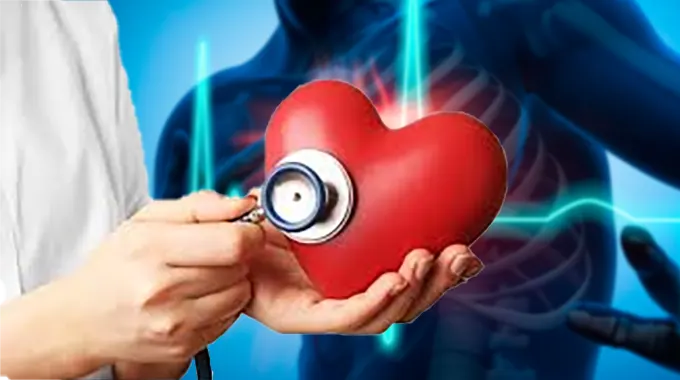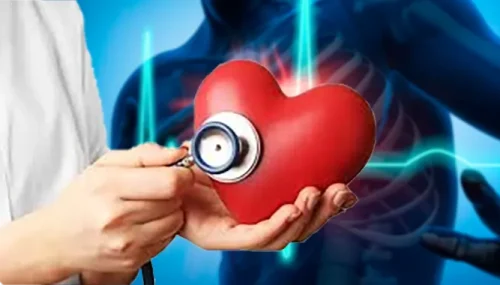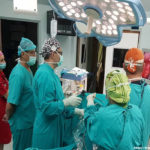Cardiovascular disease (CVD) remains one of the leading causes of death worldwide, impacting millions of lives each year. However, advancements in medical science have led to a variety of effective treatments aimed at managing and alleviating this condition. In this article, we will explore the various approaches to cardiovascular disease treatment, emphasizing the importance of prevention and personalized care.
Types of Cardiovascular Diseases
Before diving into treatment options, it’s essential to understand the types of cardiovascular diseases. Common forms include:
- Coronary artery disease (CAD): Narrowing of the blood vessels that supply blood to the heart.
- Heart failure: A condition where the heart cannot pump blood effectively.
- Arrhythmias: Irregular heartbeats that can lead to complications.
- Peripheral artery disease (PAD): Reduced blood flow to the limbs due to narrowed arteries.
Treatment Approaches
1. Lifestyle Modifications
One of the most effective strategies in cardiovascular disease treatment is lifestyle modification. This includes:
- Diet: Adopting a heart-healthy diet rich in fruits, vegetables, whole grains, and lean proteins while reducing salt, sugar, and unhealthy fats.
- Exercise: Regular physical activity can strengthen the heart and improve circulation. Aim for at least 150 minutes of moderate aerobic exercise each week.
- Smoking Cessation: Quitting smoking dramatically reduces the risk of CVD and improves overall health.
2. Medications
Various medications play a crucial role in managing cardiovascular diseases. Common classes include:
- Antihypertensives: These medications help lower blood pressure, reducing the strain on the heart.
- Statins: Used to lower cholesterol levels and prevent plaque buildup in the arteries.
- Antiplatelet agents: Medications like aspirin help prevent blood clots that can lead to heart attacks and strokes.
3. Interventional Procedures
In some cases, lifestyle changes and medications may not be sufficient. Interventional procedures can help restore normal blood flow and improve heart function:
- Angioplasty and Stenting: A balloon is used to open blocked arteries, often followed by the placement of a stent to keep the artery open.
- Coronary Artery Bypass Grafting (CABG): A surgical procedure that creates a new pathway for blood to flow to the heart by bypassing blocked arteries.
4. Cardiac Rehabilitation
After a heart event or surgery, cardiac rehabilitation is vital. This structured program typically includes:
- Supervised exercise: Tailored physical activity to help improve cardiovascular fitness.
- Education: Learning about heart health and lifestyle changes.
- Support: Access to counseling and support groups for emotional well-being.
The Importance of Prevention
While treatment is essential, prevention plays a critical role in reducing the incidence of cardiovascular diseases. Regular check-ups, blood pressure monitoring, and cholesterol screenings can help identify risks early. Public health initiatives promoting healthy lifestyles are also vital in tackling the growing burden of CVD.
In summary, cardiovascular disease treatment encompasses a wide range of strategies, from lifestyle modifications to advanced medical procedures. By focusing on prevention, effective treatment, and ongoing management, individuals can significantly reduce their risk of cardiovascular disease and lead healthier, longer lives. Collaboration between healthcare providers and patients is key to achieving the best outcomes in cardiovascular health.


















